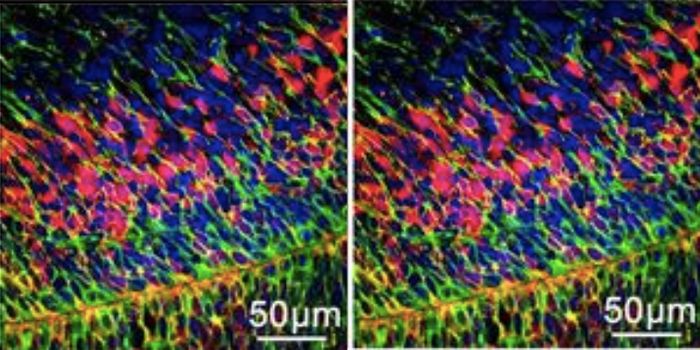Weed-Killer Causes Epigenetic Changes That May Predict Disease Risk
Glyphosate is a common weed-killing chemical used in agriculture, and it may be best known as the active ingredient in Roundup herbicides. It's estimated that as many as 90 percent of corn and 94 percent of soybean crops have been genetically engineered to tolerate the herbicide. Its safety has been the subject of fierce debate for many years, and while studies have indicated that it poses no threat to human health, other research has suggested that it may increase the risk of cancer.
Now scientists have used a rat model to show that glyphosate can trigger epigenetic changes that are passed down to future generations. These changes cannot be undone with any technology we have now, but they might act as useful biomarkers that can indicate who might be at higher risk for certain health conditions in the future.
A generation of rats was exposed to glyphosate, and when their third or fourth generation of offspring became middle-aged, 90 percent of them were either obese or had prostate or kidney problems; some had multiple issues. This was a much higher proportion of animals than in rats that were descended from an unexposed control group. The findings have been reported in Epigenetics.
"While we can't fix what's wrong in the individual who is exposed, we can potentially use this to diagnose if someone has a higher chance of getting kidney or prostate disease later in life, and then prescribe a therapeutic or lifestyle change to help mitigate or prevent the disease," said corresponding study author Michael Skinner, a professor of biological sciences at Washington State University. Previous work by the Skinner lab has suggested that glyphosate causes heritable epigenetic changes.
Histones are proteins that help organize and compact DNA. In this study, the researchers found that when rats are exposed to glyphosate, the DNA in their sperm begins to pick up hundreds of new sites where histones are retained. The scientists connected these histones to diseases in later generations. They established biomarkers that might be useful for predicting disease susceptibility. While this work was done in male rats, it may eventually be extrapolated to eggs for females, and eventually to humans.
"We need to change how we think about toxicology," Skinner said. "Today worldwide, we only assess direct exposure toxicology; we don't consider subsequent generational toxicity. We do have some responsibility to our future generations."
Confirming these findings in humans may be challenging, Skinner acknowledged, because glyphosate is everywhere; everyone has come into contact with it.
"Right now, it's very difficult to find a population that is not exposed to glyphosate to have a control group for comparison," he explained.
Sources: AAAS/Eurekalert! via Washington State University, Epigenetics









